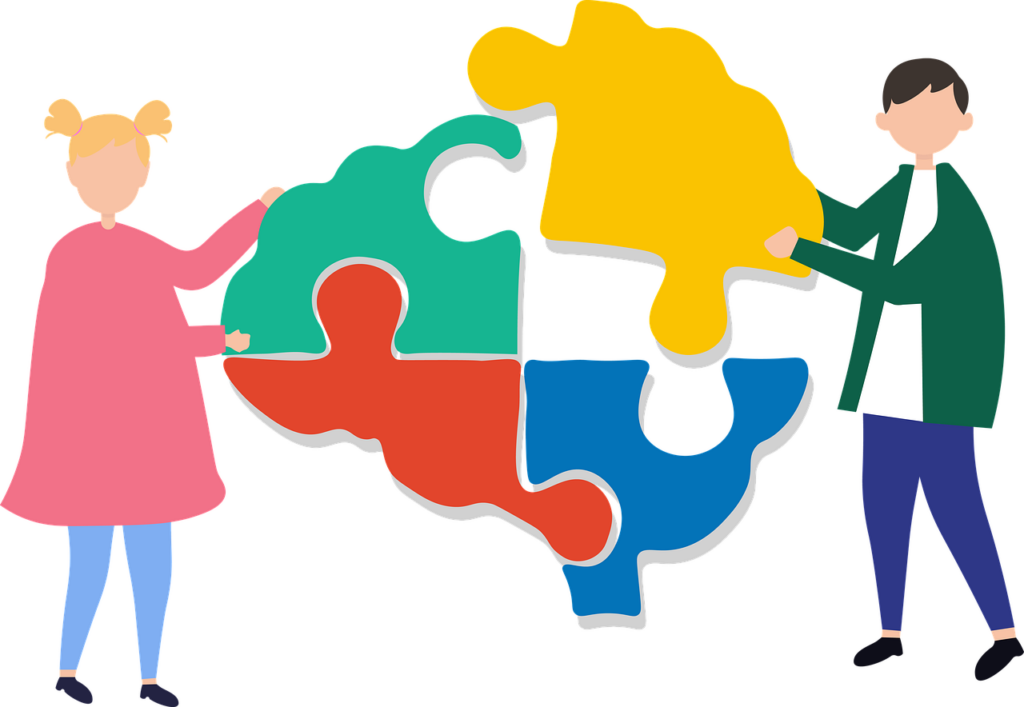
A recent event at a Voorhees school to promote support for autism education featured music from a local DJ.
Nothing unusual there, except the guy choosing the tunes was diagnosed with autism at 3 years old. The April 18 gathering of families and other guests – a day of ice cream and water ice called a Super Scooper event – raised more than $2,000 for special needs classrooms at Kresson Elementary.
Its planners envisioned a family-friendly gathering for children and adults to learn about and better understand autism.
“We wanted everyone to leave not just with happy memories of the day, but also with a deeper understanding of what it means to live with autism,” said Julie Calem, a member of the school’s Parent Faculty Association Board.
Living with autism and providing music at the school event was Nick Tyson, a native of Marlton who honed his skills at the International DJ Café in Pennsauken, according to a 2016 article in the Courier-Post. At 11, he learned mixing on a system that was a Christmas gift from his parents.
“He picked it up on his own,” his dad told the newspaper. “There’s been no formal training. Put that thing down in front of him and he figured it out.”
The school event coincided with April as Autism Awareness Month and highlighted the need for autism understanding and educational support of those on the spectrum.
Autism is a complex brain disorder that often strikes before the age of 3 and inhibits a child’s ability to communicate, respond to surroundings and form relationships. About 40% of children with autism do not speak or stop speaking after 12 to 18 months, according to the World Health Organization.
About one in 270 people around the world are on the autism spectrum, which includes Asperger’s syndrome and other developmental disabilities. As for their educational support, the Individuals with Disabilities Education Act of 1997 ensures that all children with disabilities are guaranteed a free and appropriate public education to meet their needs and prepare them for living independently.
So what is an appropriate public education?
Before the Disabilities Education Act came about, disabled children were often placed in segregated classrooms, without any specific measures to respond to their special needs. As of the 2022-’23 school year, approximately 12.81% of students with disabilities are identified as having autism, with state-by-state percentages ranging from 5.76% to 17.28%, according to the federal Department of Education.
Measures to improve those numbers, according to the National Education Association, include collaborating with families and caregivers, as well as educational support personnel, in an IEP (Individualized Education Program); understanding student learning styles and needs; and adapting lessons and units.
More specifically, education for autistic students could include a general-education classroom, a resource classroom, a special education classroom or an autistic-only setting in a school, according to verywellhealth.com. Some autistic kids can thrive in an inclusive class setting, while others are better in more tailored settings.
The bottom line is that education needs to be structured for children with autism.
“If a child cannot learn in the way we teach,” said the late Dr. O. Ivar Lovass, a pioneer in developing autism therapies, “we must teach in the way the child can learn.”



